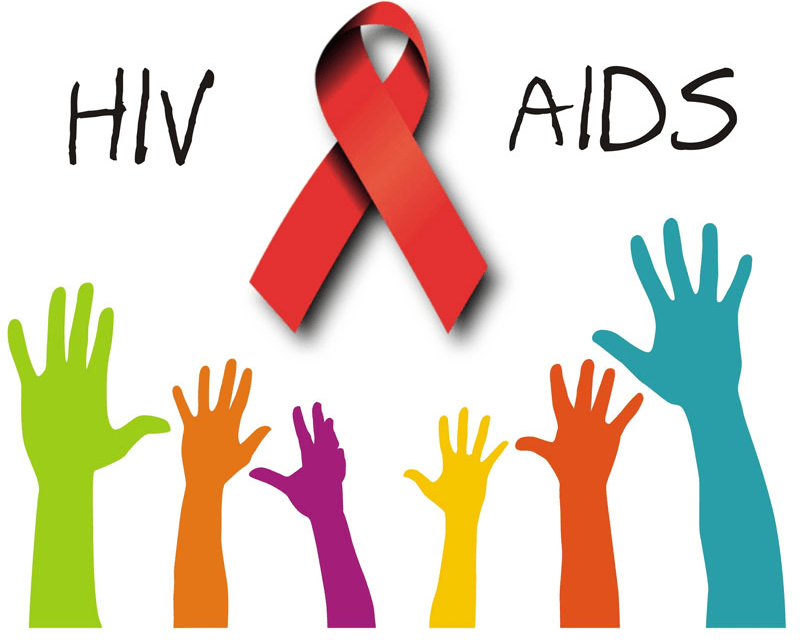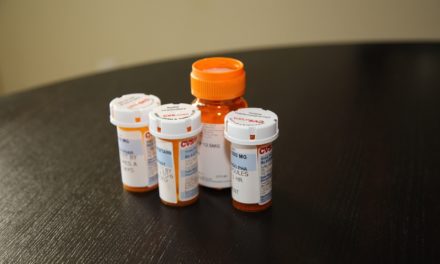National HIV/AIDS and Aging Awareness Day is observed each year on Sept. 18. In 2008, the AIDS Institute launched this day to bring awareness to the challenging issues the aging population faces with regards to HIV prevention, testing, care and treatment, according to the Centers for Disease Control and Prevention.
In 2016, nearly half of people in the United States and dependent areas living with diagnosed HIV were aged 50 and older. Though new HIV diagnoses are declining among people aged 50 and older, around 1 in 6 HIV diagnoses in 2017 were in this group, according to the CDC.
There are some behaviors that put everyone at risk for HIV. These behaviors include having anal or vaginal sex without protection (like using a condom or taking medicine to prevent or treat HIV), or sharing injection drug equipment with someone who has HIV. Factors that particularly affect older people include the following:
- Older people in the United States are more likely than younger people to have late-stage HIV infection at the time of diagnosis, which means they start treatment late and possibly suffer more immune-system damage. Late diagnoses can occur because health care providers may not always test older people for HIV infection. Also, older people may not consider themselves to be at risk of HIV infection or may mistake HIV symptoms for those of normal aging and not consider HIV as a cause. Among people aged 55 and older who received an HIV diagnosis in 2015, 50% had been living with HIV for 4.5 years before they were diagnosed—the longest diagnosis delay for any age group.
Older people may have many of the same HIV risk factors as younger people, including a lack of knowledge about HIV prevention and sexual risk, such as having multiple sex partners. Older people also face some unique issues:
- Women who no longer worry about becoming pregnant may be less likely to use a condom and to practice safer sex. Age-related thinning and dryness of vaginal tissue may raise older women’s risk for HIV infection.
Although they visit their doctors more frequently, older people are less likely than younger people to discuss their sexual or drug use behaviors with their doctors. And doctors are less likely to ask their older patients about these issues.
- Stigma is a particular concern among older people because they may already face isolation due to illness or loss of family and friends. Stigma negatively affects people’s quality of life, self-image, and behaviors, and may prevent them from seeking HIV care and disclosing their HIV status.
Aging with HIV infection also presents special challenges for preventing other diseases because both age and HIV increase the risk for cardiovascular disease, lung disease (specifically chronic obstructive pulmonary disease), bone loss, and certain cancers. Older patients with HIV and their care providers need to maximize prevention efforts against these conditions and remain vigilant for early signs of illness. They also need to be careful about interactions between the medications used to treat HIV and those used to treat common age-related conditions such as hypertension, diabetes, elevated cholesterol, and obesity.
Image Sources
- HIV AIDS: Leadership Newspaper





![Enrolling Now, Rewarding Careers Ahead [Sponsored]](https://ukenreport.com/wp-content/uploads/2024/04/COD_heroes_1-1385-2-440x264.jpg)

